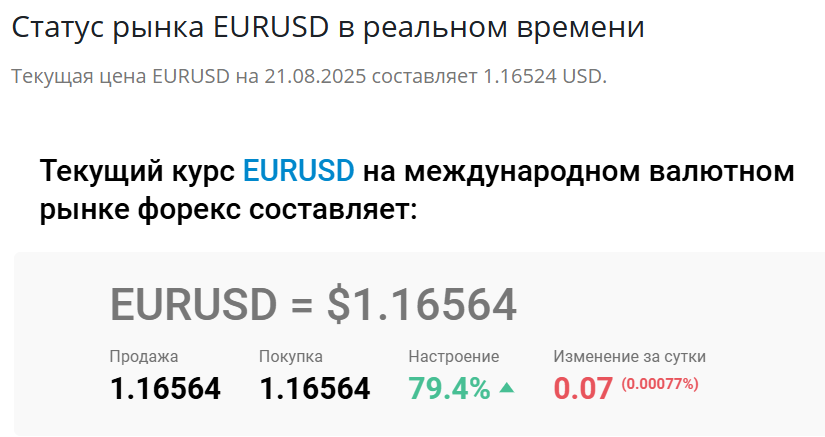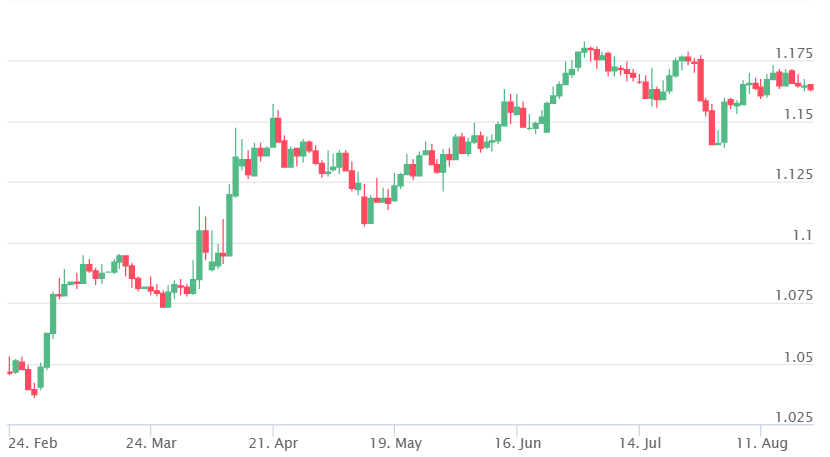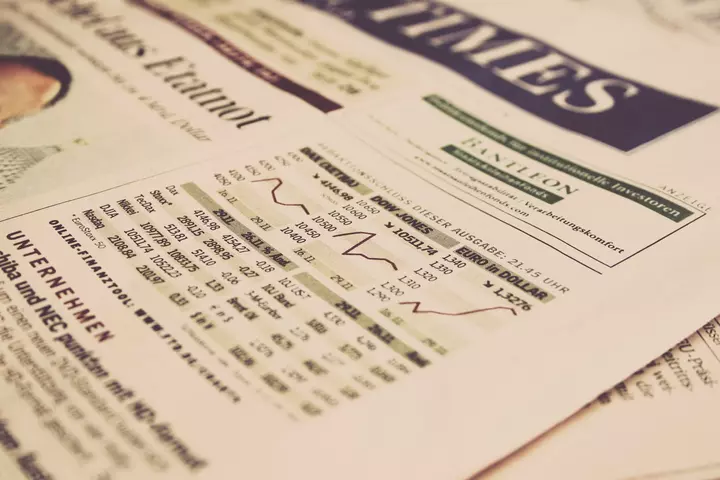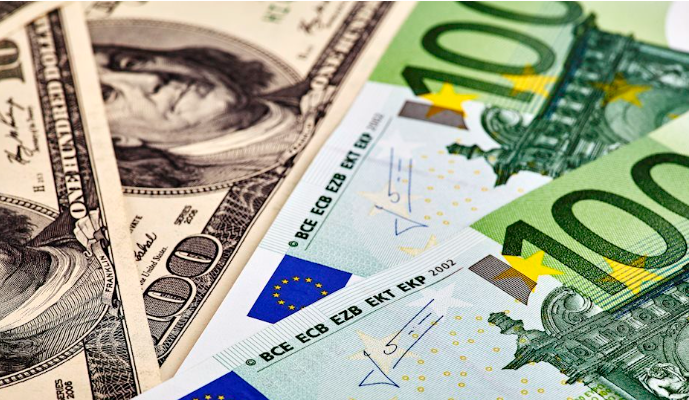📊 This article examines the current forecasts for EUR/USD at the end of 2025 and aims to provide an objective assessment of market sentiment.
When analyzing this “sweet pair,” it is important to consider the decisions of the European Central Bank (ECB) and the U.S. Federal Reserve (Fed) regarding interest rates, as well as inflation and employment indicators in the U.S. and the eurozone. These factors directly influence the currency’s direction. Historical highs and lows help identify key technical levels, while technical analysis tools allow traders to find optimal entry and exit points.
| Indicator | Value |
| ECB interest rate | 2,0% |
| U.S. Fed interest rate | 4,5% |
| Eurozone inflation | 2,0% |
| U.S. inflation | 2,7% |
| EUR/USD all-time high | $1.6039 |
| EUR/USD all-time low | $0.8227 |
| 52-week range | 1,0142 – 1,1829 |
| Yearly change | +6,13% |
| Current trend | Uptrend |
EUR/USD is traditionally considered a “barometer” of the global economy. Its dynamics reflect not only the balance of power between the U.S. dollar and the euro but also the overall state of global markets. For investors, traders, and companies engaged in international trade, this instrument remains a key reference point.
As of August 21, 2025, the quote is 1.16524 USD per euro. This value fits within the range of recent months, with the pair moving under moderate volatility. However, a long-term forecast for EUR/USD requires consideration of many factors — from ECB and Fed monetary policies to inflation trends and global geopolitical events.

According to WalletInvestor, EUR/USD is expected to remain in a neutral range, fluctuating within a relatively narrow corridor. A temporary decline is forecasted in November, with partial recovery expected by December.
| Month | Open Price, $ | Close Price, $ | Low Price, $ | High Price, $ |
| September | 1,159 | 1,157 | 1,157 | 1,160 |
| October | 1,157 | 1,152 | 1,152 | 1,157 |
| November | 1,152 | 1,145 | 1,143 | 1,152 |
| December | 1,145 | 1,149 | 1,145 | 1,152 |
The EUR/USD history shows that fluctuations can be significant. For example, on July 15, 2008, the all-time high reached 1.6039 USD, while on October 26, 2000, the absolute low was 0.8227 USD. These values remain important benchmarks for analysts, as they allow assessing potential movements under current conditions.
Today, the euro remains the world’s second most important reserve currency after the U.S. dollar. High liquidity and global interest make EUR/USD the most actively traded Forex pair. The pair is sensitive to economic releases, including inflation, GDP, labor market data, and business activity indices. Periods of such releases are accompanied by increased volatility.
From a technical perspective, the pair continues within a medium-term uptrend that has strengthened in recent weeks. This indicates ongoing interest in the euro, especially amid expectations that the ECB may slow its rate-cutting cycle faster than the Fed. Some analysts suggest a return to 1.20 by the end of 2025, assuming stable economic growth in the eurozone and reduced inflation risks.
Market sentiment in social media and analytical reports indicates cautious optimism regarding the euro. Some investors see it as a diversification tool amid a slowing U.S. economy. Nevertheless, risks remain: potential geopolitical tensions, uncertainty in Europe’s energy sector, and global currency conflicts could limit growth.
EUR/USD real-time price chart

Advantages and Disadvantages of Investing in EUR/USD
EUR/USD is the most liquid currency pair on the market, suitable for both short-term speculation and long-term investment
Advantages:
- High liquidity and tight spreads
- 24/7 trading availability
- Wide range of analytical tools and forecasts
- Supported by most trading platforms and brokers
- Well-studied and reasonably predictable under stable economic conditions
- High sensitivity to economic news, offering opportunities for news-based trading
Disadvantages:
- High volatility during macroeconomic data releases
- Dependent on central bank policies and geopolitical events
- Requires deep understanding of macroeconomics
- Susceptible to external factors that are not always predictable
- Possible false signals during periods of high speculative activity
- Lack of a stable trend in a sideways market
EUR/USD remains an attractive asset due to its transparency and accessibility, but successful trading requires attentiveness, discipline, and solid fundamental knowledge.
Conclusion: Is EUR/USD a good investment?

The EUR/USD pair remains one of the most stable and liquid instruments in the currency market. Moderate price fluctuations make it convenient for short-term trading and active strategies.
From a long-term investment perspective, the euro-dollar can be considered a portfolio diversification tool. However, its dynamics are largely determined by the monetary policies of the Fed and ECB, as well as macroeconomic trends in the US and Europe.
External factors—ranging from geopolitical risks to commodity price swings and shifts in global capital flows—also influence the pair. Therefore, investing in EUR/USD requires a combination of fundamental and technical analysis, carefully assessing potential scenarios and risks that may affect the exchange rate in the medium- and long-term.
All content provided on this website (https://wildinwest.com/) -including attachments, links, or referenced materials — is for informative and entertainment purposes only and should not be considered as financial advice. Third-party materials remain the property of their respective owners.


